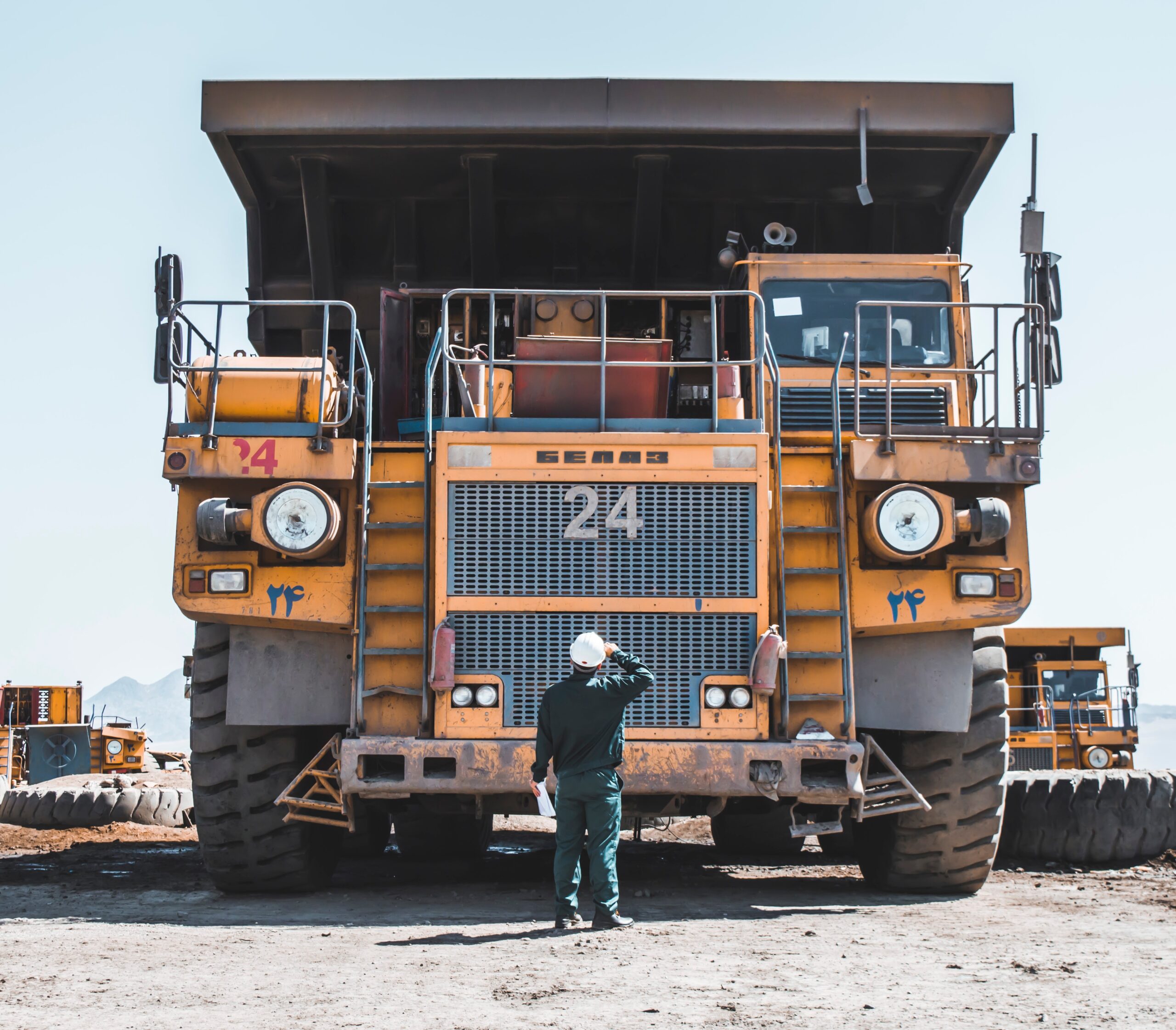In every sector, the pressure to decarbonize is increasing. This is good news for our climate; however, the pace of change is putting pressure on the demands for minerals such as nickel to produce electric car batteries, platinum for electrolysis machines to create green hydrogen fuel, and copper to electrify our homes. While the first solution should be to circularize the use of these minerals and, through recycling practices, use what has already been extracted, studies indicate that demand for these minerals outpaces global supply.
This is why we at Synergy have chosen to focus our work in the mining sector on critical minerals—those that are needed for the clean economy transition. This means we do not currently work for mining operations extracting gold, diamonds, or other minerals and gemstones that are primarily used in the currency or jewelry markets.
What are Critical Minerals?
Critical minerals are considered the “building blocks for the clean economy”. They have applications in renewable energy, battery energy storage, decarbonization and digitization.
Natural Resources Canada’s list includes 31 critical minerals.¹ The International Energy Agency has reported that nine minerals in particular are in high demand for clean energy production. These include aluminum and copper for solar panel production, zinc for wind energy turbines, chromium for exchange systems, and lithium for electric vehicles.²
Ironically, mining these minerals using traditional practices and energy sources can produce millions of tonnes of greenhouse gas emissions. This presents an enormous challenge for the mining industry: how do we extract critical minerals without eroding the climate benefits they bring?
A study published by McKinsey & Company in January 2022 states: “The transition to a net-zero economy will be metal-intensive. As the move toward cleaner technologies progresses, the metals and mining sector will be put to the test: it will need to provide the vast quantities of raw materials required for the energy transition.”³
Decarbonizing Mining
The first step is to measure and model the greenhouse emission trajectory for a site. We then analyze this model to look for the top opportunities to reduce emissions and create a decarbonization strategy.
Some of the top decarbonization opportunities we have found in the mining of critical minerals are:
- Clean energy supply: If the available grid-based energy has a high GHG intensity, onsite renewable energy production is considered.
- Electric Ground and Stationary Equipment: With clean energy comes the ability to electrify mobile or stationary equipment and operate it with low or zero GHG emissions.
- Hydrogen Vehicles: Heavy vehicles in the mining sector have limited options for electrification. Hydrogen injection or hydrogen fuel cell technology offers promise in providing these vehicles with clean fuel
- Electric Trolleys: Moving materials with mobile vehicles requires an immense amount of fuel and labour. Some mines have the option to employ electric trolleys, which on certain sites can also reduce accident risks.
Conclusion
The transition to net zero and environmentally progressive mining practices is a key pillar in the journey to a low carbon future. We are very selective of the projects we work on and have been fortunate to work with mining companies who are committed to adopting new ways of doing business.
From our perspective, if mining is a necessity, let’s do it in the best possible way—with the least environmental impact and the most positive socio-economic impact.
If you are interested in learning more about our work in critical minerals or speaking with our team about our services, contact us.
References
1. Natural Resources Canada, Critical Minerals List. 2022. https://www.nrcan.gc.ca/our-natural-resources/minerals-mining/critical-minerals/23414
2. International Energy Agency. 2022. Mineral Requirements for Clean Energy Transitions.https://www.iea.org/reports/the-role-of-critical-minerals-in-clean-energy-
3. McKinsey & Company. 2022. The Raw Materials Challenge: How the Metals and Mining Sector Will be at the Core of Enabling the Energy Transition.
challenge-how-the-metals-and-mining-sector-will-be-at-the-core-of-enabling-the-energy-
transition
